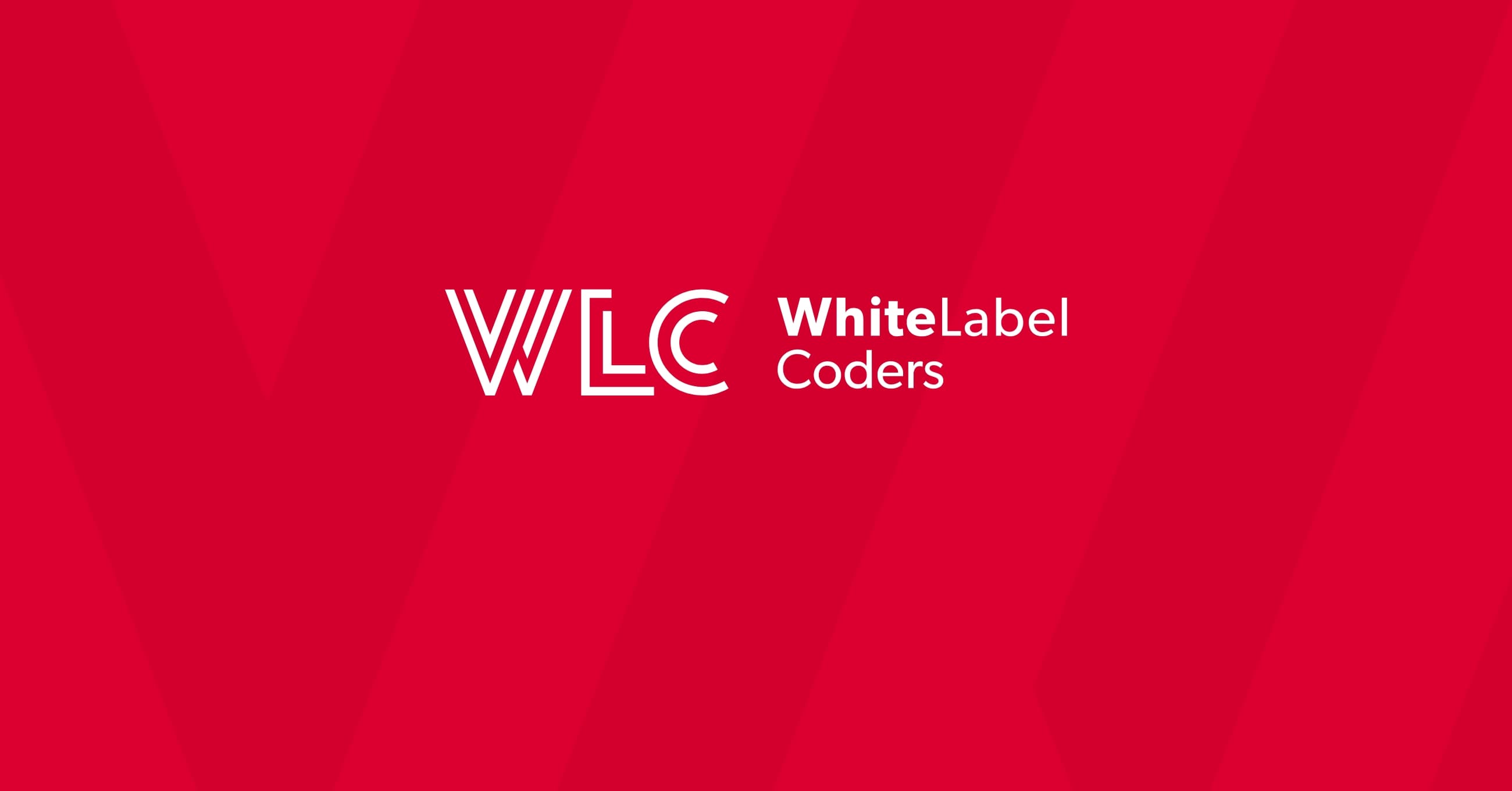Category: SEO AI
What is the difference between WordPress customizer and site editor?

Understanding WordPress customization tools
WordPress offers several approaches to customizing your website, with the Customizer and Site Editor being the two main built-in tools. These customization interfaces represent different philosophies in WordPress’s evolution and cater to different needs in website development.
The Customizer has been part of WordPress since version 3.4 (released in 2012) and represents the traditional approach to theme customization. It provides a structured way to modify predefined aspects of your theme while seeing changes in real-time.
The Site Editor, introduced with WordPress 5.9 in 2022, represents WordPress’s shift toward Full Site Editing (FSE) and embraces the block paradigm that began with the Gutenberg editor. It offers a more comprehensive and flexible approach to site customization.
Understanding which tool to use and when is essential for efficient WordPress custom development and can significantly impact your website’s flexibility, performance, and future-proofing.
What is the WordPress Customizer?
The WordPress Customizer is a framework that provides users with a live preview interface to make visual changes to their websites without directly editing code. It’s accessed by navigating to Appearance → Customize in your WordPress dashboard and has been a standard feature since WordPress 3.4.
The Customizer operates on a theme-dependent model, meaning the options available depend entirely on what the theme developer has configured. Typically, these options include:
- Site identity settings (logo, site title, tagline)
- Color schemes and background colors
- Typography options
- Header and footer configurations
- Widget areas and menus
- Custom CSS (for more advanced users)
One of the Customizer’s core strengths is its live preview feature, allowing you to see changes in real-time before publishing them to your live site. This creates a safe environment to experiment with different settings without affecting your visitors’ experience.
The Customizer works with all WordPress themes, although the specific options available vary widely based on how extensively the theme developer has integrated with the Customizer API. Premium themes typically offer more robust customization options than free alternatives.
What is the WordPress Site Editor?
The WordPress Site Editor is a newer customization tool introduced as part of the Full Site Editing (FSE) initiative with WordPress 5.9 in January 2022. It represents a fundamental shift in how WordPress approaches site customization, moving from the theme-controlled paradigm to a user-controlled, block-based approach.
Unlike the Customizer, which focuses on modifying predefined theme settings, the Site Editor gives you direct control over your entire site’s structure and design. With the Site Editor, you can:
- Edit and create site-wide templates (like header, footer, single post, archive, etc.)
- Modify global styles that affect your entire site
- Create and edit template parts
- Use the familiar block system to design every aspect of your site
- Save and reuse patterns across your site
The Site Editor is the cornerstone of WordPress’s block theme ecosystem, built on the same Gutenberg block editor that revolutionized content creation in WordPress 5.0. It extends the block concept from just post content to every aspect of your website.
This tool represents WordPress’s vision for the future, where users have unprecedented control over their site’s design without needing to write code or hire developers for basic customizations.
How do the Customizer and Site Editor differ in functionality?
The Customizer and Site Editor differ significantly in their approach, capabilities, and underlying technology. Understanding these differences is crucial for effective custom WordPress website development.
| Feature | WordPress Customizer | WordPress Site Editor |
|---|---|---|
| Customization Approach | Settings-based with predefined options | Direct visual editing with blocks |
| Control Level | Limited to what the theme exposes | Comprehensive control over entire site structure |
| Template Editing | No direct template editing | Complete template creation and editing |
| Design Flexibility | Moderate, constrained by theme | High, limited mainly by block capabilities |
| Learning Curve | Generally simpler, more guided | Steeper, requires understanding blocks |
| Theme Compatibility | Works with all WordPress themes | Requires block themes |
The Customizer follows a settings-based model where you adjust predefined parameters through controls organized in panels and sections. The options available are entirely dependent on what the theme developer has implemented.
In contrast, the Site Editor uses a direct manipulation model where you visually build and edit your site using blocks, similar to how you’d create content in a page or post with the block editor. This approach offers significantly more freedom but also requires more design decisions from the user.
The Customizer is primarily designed for making adjustments to an existing theme design, while the Site Editor allows you to fundamentally reshape your site’s structure and appearance.
Which WordPress themes work with Customizer vs. Site Editor?
Theme compatibility is one of the most important distinctions between the Customizer and Site Editor. Understanding which themes work with each tool will help you choose the right approach for your project.
The WordPress Customizer works with all WordPress themes, both traditional and block themes. However, the extent of customization options available varies significantly between themes:
- Basic themes might offer minimal Customizer options (colors, logo, etc.)
- Advanced traditional themes often provide extensive Customizer panels with numerous options
- Premium themes typically maximize Customizer capabilities with robust settings
The Site Editor, however, is exclusively available for block themes (sometimes called FSE themes). Block themes are built specifically to work with the Full Site Editing experience and include:
- WordPress’s default Twenty Twenty-Two, Twenty Twenty-Three, and newer themes
- Third-party block themes from the WordPress repository
- Custom-built block themes created specifically for FSE
If you’re using a traditional theme (including popular options like Astra, GeneratePress, or older versions of themes), you won’t have access to the Site Editor, regardless of your WordPress version. You’ll need to either switch to a block theme or continue using the Customizer.
When planning a WordPress custom development project, theme selection becomes a critical early decision that will determine which customization tools are available to you.
When should you use the Customizer instead of the Site Editor?
Choosing between the Customizer and Site Editor depends on several factors including your project requirements, expertise level, and long-term goals. Here are guidelines to help you make the right choice:
Use the WordPress Customizer when:
- You’re working with a traditional (non-block) theme you want to keep
- You need a stable, mature system with predictable behavior
- Your customization needs are relatively simple and covered by your theme’s options
- You prefer a guided customization experience with clear options
- You’re building for clients who need a simpler, more constrained interface
- You rely on plugins or themes that haven’t yet adapted to Full Site Editing
Use the WordPress Site Editor when:
- You’re starting a new project and can choose a block theme
- You need extensive control over your site’s entire structure and design
- You want to create custom templates for different content types
- You’re comfortable with the block system and want to leverage its capabilities
- You want to future-proof your site as WordPress continues to evolve
- You need to make frequent design changes without developer assistance
For many professional WordPress developers, the decision often comes down to client requirements versus future flexibility. The Customizer offers stability and familiarity, while the Site Editor represents WordPress’s direction and offers greater creative freedom.
Key takeaways: The future of WordPress customization
As we look at the WordPress landscape, it’s clear that the platform is steadily moving toward a block-based future where the Site Editor will eventually become the primary customization tool. However, this transition will take time, and the Customizer will remain relevant for years to come.
Here are the key insights for website owners and developers:
- The Customizer represents the traditional WordPress approach with theme-defined options and a guided experience
- The Site Editor embodies WordPress’s vision of democratizing web design through blocks and visual editing
- Block themes and Full Site Editing are the future of WordPress but are still maturing
- Many popular themes and plugins are still adapting to the Full Site Editing paradigm
- For maximum creative control and future-proofing, the Site Editor is the better path
- For stability and working with existing traditional themes, the Customizer remains essential
For businesses and agencies planning custom WordPress website projects, consider adopting a hybrid approach where appropriate: use block themes and the Site Editor for new projects where creative control is paramount, while continuing to leverage the Customizer for existing sites or specific client needs.
As the WordPress ecosystem continues to evolve, staying informed about these tools and their capabilities will help you make better decisions for your website projects and ensure you’re taking full advantage of WordPress’s powerful customization options. Following the WordPress development workflow best practices and implementing WordPress optimization techniques will help you build more effective and efficient websites regardless of which customization approach you choose.

